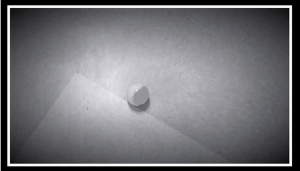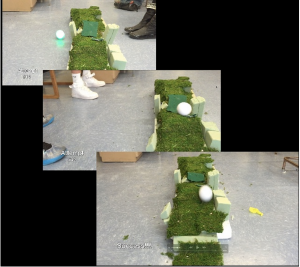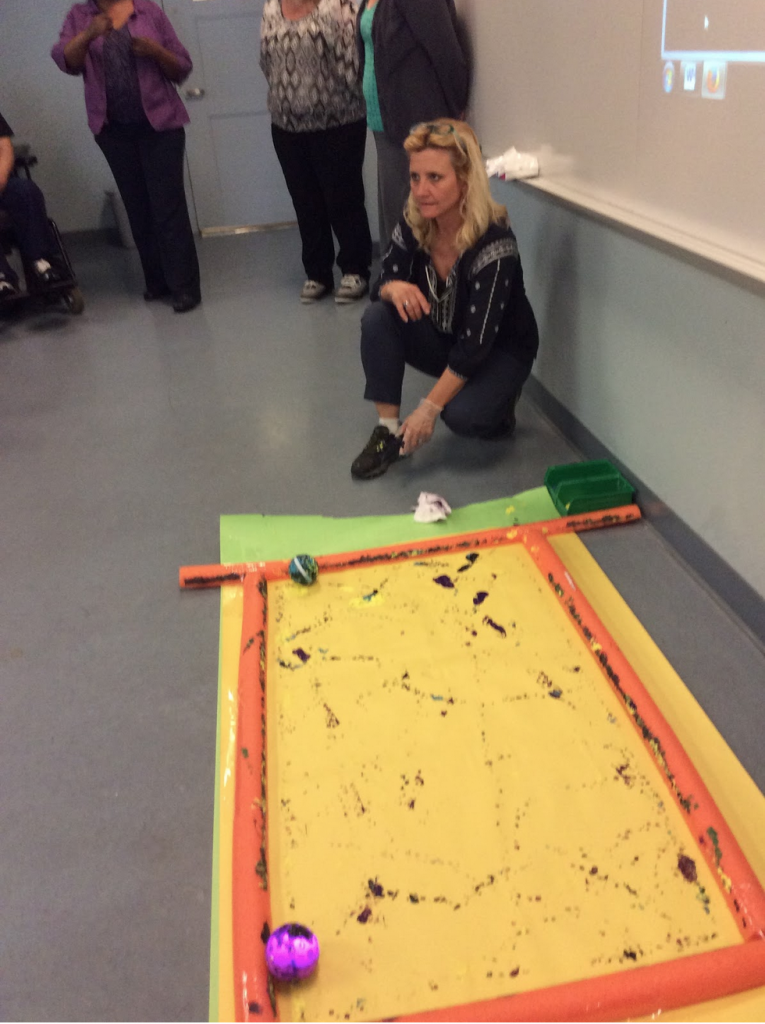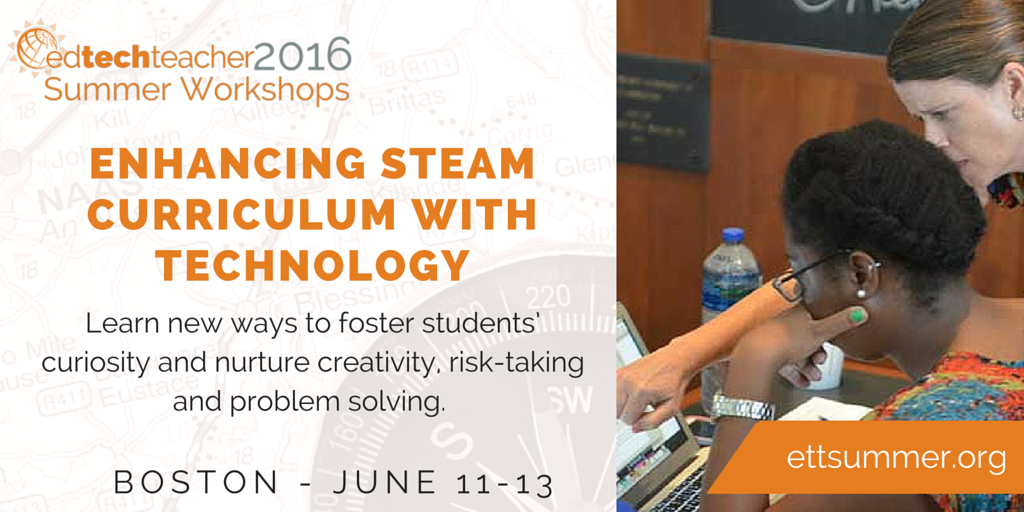This guest post from Courtney Pepe (@iPadQueen2012) first appeared on Daily Genius.
As someone who primarily taught math and science when I was a classroom teacher, I associated robots, robotics curriculum, and robot apps as things that were only used in those subjects. However, this past year my school received a robot grant that provided ten robots for us from the company Sphero. Sphero emphasizes the power of play in education and has a variety of lessons that are aligned to the Common Core and Next Generation Science Standards on their website. They also have a number of STEM challenges in the form pre-designed engineering projects designed for collaborative group work with students and are helpful for teachers using the robots in their classes.
Sphero is a robotic ball that can pair with an iPad, tablet, iPhone, or smartphone through Bluetooth, and getting started is relatively easy. Once you are ready to use Sphero, you take it off the charger stand and give it a “tap-tap” to “wake it up.” When the robot wakes up, it starts to flash three different colors until it pairs with the device you are using it with via Bluetooth. Once it turns blue, then you know that it is paired and ready to go. There are at least 14 different education related apps that are available with Sphero: some of them use augmented reality technology, some of them teach the basics of coding, while others allow students to draw on a tablet to manipulate the color and movement of the robot.
During the last week of June, I did a presentation at the ISTE conference with many other educators from all over the country who also received the robot grant. What amazed me was that people who taught subjects like language arts and social studies found incredible ways to integrate robotics into their curriculum to create some really engaging lessons for their students.
Robots in the Physics Classroom
Maine high school science teacher Julie Wilcott used Sphero in her physics class this past spring to determine velocity and speed at different settings. Students also used Sphero to learn about advanced concepts like rate of acceleration and the coefficient of friction. By varying the type of cover on Sphero (nubby cover, ballon, turbo cover, and no cover) they could determine velocity, acceleration, and friction under different conditions.

Robots in the Language Arts Classroom
Long Island, New York high school English teacher Rich Perry used Sphero to teach his 11th grade students how to empathize with migrant workers in the novel Grapes of Wrath. The teacher said “it was difficult for the students to find common ground with the characters in the book, and I was looking for an opportunity to create some interest.”
Rich created an obstacle in the form of a core foam mountain, covered it with fake grass, and had his students try to steer the robot over the mountains. This symbolic journey represented the characters’ travels over the Sierra Nevada Mountains and was meant to mirror their struggles in the book as they traveled from Oklahoma to California. The teacher split the class into groups, gave them a Sphero, and told them to cross the mountains.
“This [experience] gave the high school students the opportunity to encounter real challenges and failure in the classroom setting as they were reading the book. The student groups became their own family, and Sphero was a representation of the car that the family had to take over the mountain. The robot allowed the students to experience real life challenges, frustrations, and setbacks that were also felt by the characters in the Grapes of Wrath.”
Rich also had the students keep a log of their attempts to have Sphero cross the mountain, which they turned into a written journal about their travels.

Robots in the Art Classroom

Janice Schiavo is an art teacher at the A. Harry Moore School of New Jersey City University. This spring, she used Sphero the Robot to teach her students about the famous painter Jackson Pollock. Janice works with students ranging from ages 3 to 21 who have low-incidence disabilities and creates art lessons that are accessible for all of her students, many of whom are in wheelchairs. For this project, she used the basic Sphero app, placed a rubber knobbly cover over the robot, and dipped it in different colors of paint as she arranged and placed a giant canvas in front of the whole class. Then, the students took turns holding their iPads to drive the robot as it splattered paint all over the canvas. Even if a student had challenges with their mobility, they were still able to paint with the robot by switching the app from joystick mode to tilt mode. The robot promoted accessibility within the art curriculum.
In the extended school year program, students will be making 3D props and sculptures for a miniature golf course through which others can drive Sphero. The art students will ultimately maneuver the robot through authentic sculptures related to the New York Skyline, Central Park, and the Boardwalk and Rides. It is great example of technology integrated with concepts related to humanities and the human experience.
Though robotics are often associated with math, science, and engineering classes, hopefully the examples in this article will spark ideas for using Sphero to also teach subjects that are related to the humanities like literature and painting. Additionally, Sphero is interested in seeing as much technology get into kids hands as possible and has put together a collection of Sphero related grants on their website. It is my hope that this article will serve as a resource which will inspire teachers to use robots to nurture the creativity of the next generation of inventors and engineers in their classrooms.


